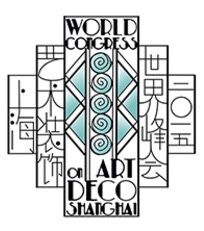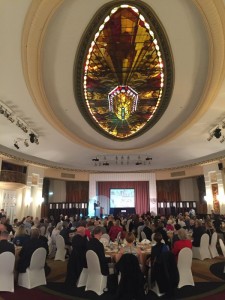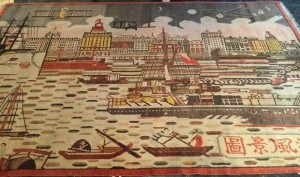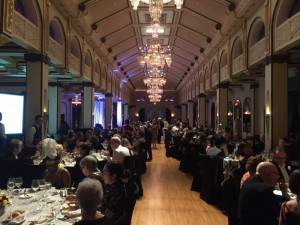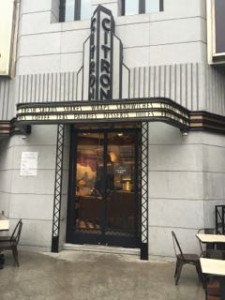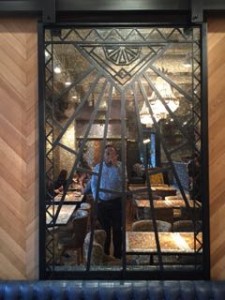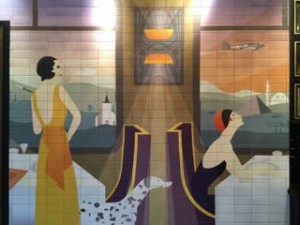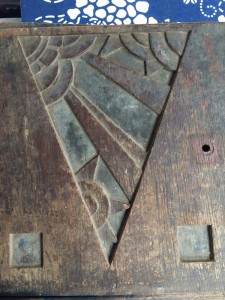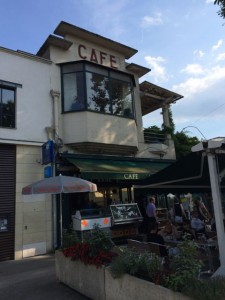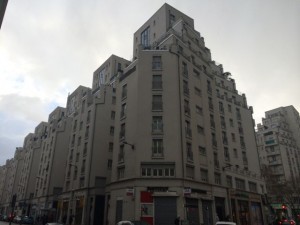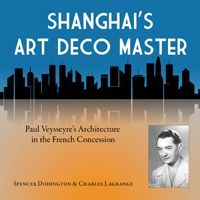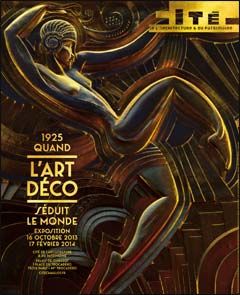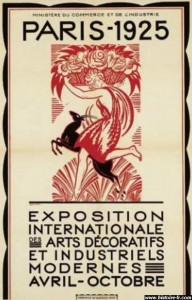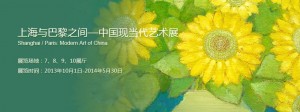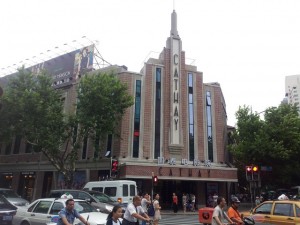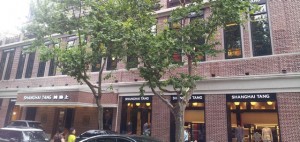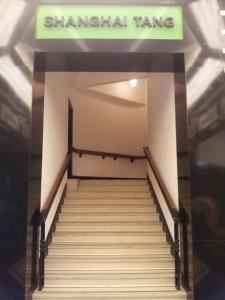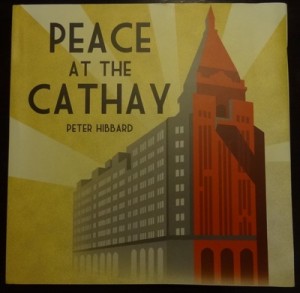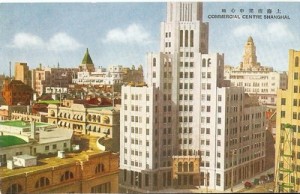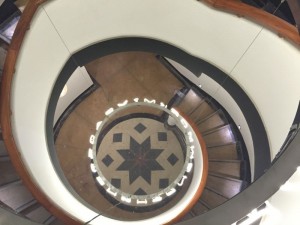
Historic buildings in Shanghai have been badly maintained for many years and have sustained the lack of care fairly well. Many have been renovated in the last year, either with love and attention like Bund 18 or Kee Club. Many more have seen a ruinovation keeping only the external façades and totally destroying the interior with no respect for the original. As a history enthusiast, I rarely agree with the transformations that often take place along with the renovations. It was then really interesting to find out about an unfinished art deco villa, in a location where I have been many times, but never noticed it.
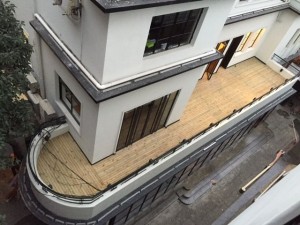
The original building was an enormous house, on three floors with about 1200 sqm of surface. The facade was facing South, like most houses in Shanghai with a large garden on the south side, ending on today’s ChangLe lu. As the house was used by the army for many years, some buildings used as army barracks and offices have been built in what was the garden. A small park was also added on the ChangLe Lu side, closing the view and covering it up from the general public view. Without knowing, it was impossible to see the original modernist / Art Deco villa in the middle.
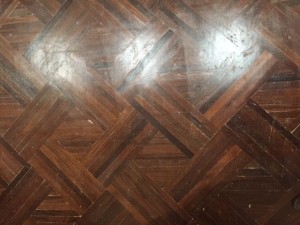
What makes it really special, is that this house was clearly never finished by the original team. From the style and the construction details, it was probably started between 1945 and the late 1940’s, but was not completed as planned. The staircase (first picture) and the second floor and balcony was completed, but the ground floor remained unfinished. It is clear that half of the ground floor terrazzos were high quality, but the rest was finished in a hurry using lower quality materials. Both the ground and first floors have a very large room in the middle, surrounded by small rooms. Only 2 of the small rooms, seem to have had the original Versailles parquet installed. The rest of the parquet is of much less quality, although age has colored it nicely.
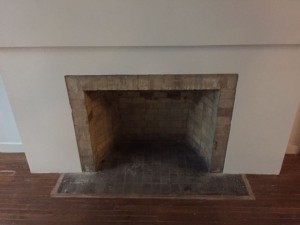
Another nice touch is the Art Deco fire place on the second floor. Like most original fireplaces in Shanghai, it has been filled up with concrete (see post freezing Shanghai for more details). Renovation has turned it back into a nice, though useless, piece.
The general structure of the house is really interesting, as the central second floor is made of concrete (covered with a woodfloor), but the small surrounding rooms are parquet only. The original ground floor decoration was never made, altough the house was eventually finished-up at some stage and used as offices. Two more buildings were added in what was originally the garden. Since the house was never finished in its original style, the developers have spent a lot of effort restoring original details, while adding a very modern touch to it.The building is about to open again as center for design and fashion firms with the now usual addition of fashionable shops, bars and restaurant. The place will be called Mixpace and located on Changde Lu, close to the corner of Shaanxi Lu.
